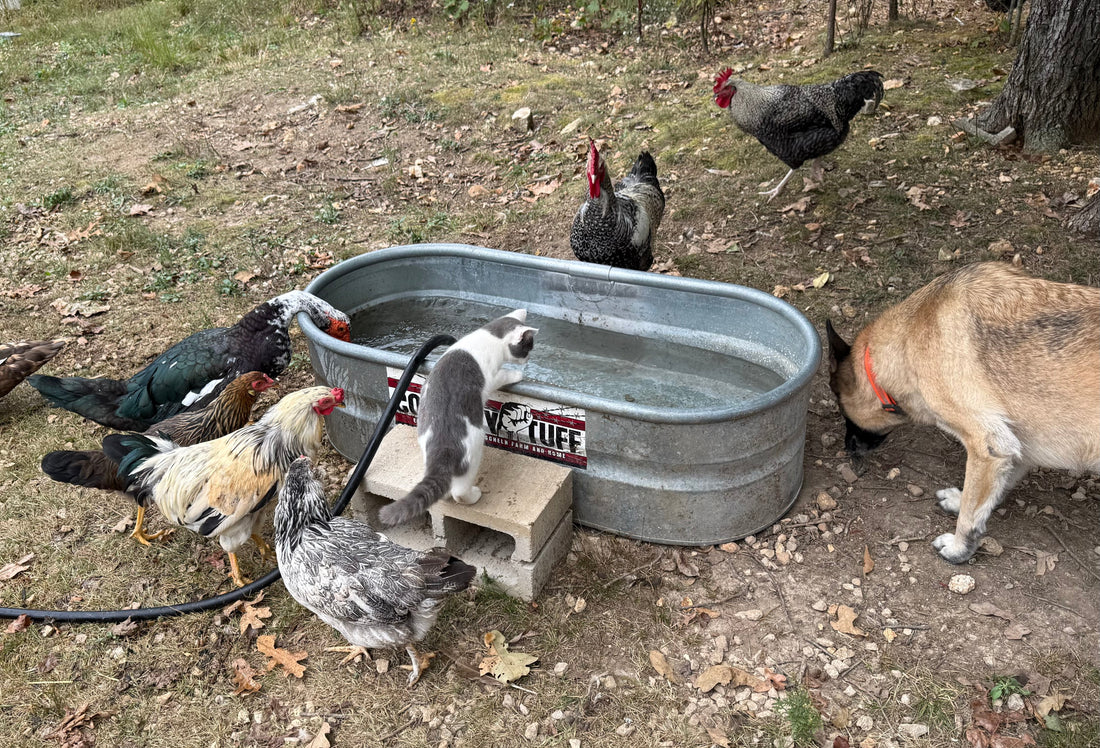
🐔 Freezer Training Camp – Managing the Rooster Ruckus at Gnomestead Farms
Share
Hey folks! It’s been a while since I’ve had a full-on farm day here at Gnomestead Farms—lately, I’ve been buried in my day job and a few side projects. But when Mrs. Gnomestead (Melissa) declared she’d had enough of the chickens roosting on her car—and our daughter joined the protest—I knew it was time to get back to work.
Here’s the deal: we hatched several batches of chicks this spring and summer, dreaming of a thriving, balanced flock. But as luck (or chicken math) would have it, we ended up with a LOT of roosters. The big boys started bullying the smaller ones out of the coop, forcing them to roost anywhere they could—often on Melissa’s freshly washed car. Inside, the nesting boxes turned into a crowded mess, and the hens couldn’t get a bite before the boys cleared out the feed.
They’re still too young and lean for… well, “freezer camp.” But they’re definitely old enough to cause chaos. So this week, I rolled up my sleeves, ordered a 10x20 pen, and built what we’re calling Freezer Training Camp—an all-inclusive bachelor pad where our surplus roosters can strut, bulk up, and learn some manners before their eventual graduation day.
The new setup’s already working wonders. The hens are calmer, the feed lasts longer, and Melissa’s car is blissfully poop-free again. Most importantly, the balance in our little flock is starting to return.

It’s still a work in progress, though. The pen is pretty bare at the moment—just the basics for now—but we’re planning to add a small coop, roosting bars, and a few enrichment items soon. That’ll give the boys shade, comfort, and something to do besides plotting their next dominance match. Our goal is always humane, sustainable care, even when space gets tight or nature hands us more roosters than we bargained for.
Homesteading’s full of these small-but-important lessons. Every project reminds me why we started Gnomestead Farms—to learn, adapt, and create a sustainable rhythm that works for both the land and our family.
If you’re new to raising chickens like me, here’s a quick takeaway: too many roosters can throw off your whole coop dynamic. Aim for about one rooster per 10–12 hens, and don’t hesitate to separate the extras. It keeps your flock healthy, your feed costs down, and your family from staging a full-blown chicken revolt.
What about you? Have you ever ended up with more roosters than you planned for? Drop a comment—I’d love to hear your stories and how you’ve handled flock drama. And if this post gave you a laugh, grab one of our farm mugs at GnomesteadFarms.com/collections/all and toast to calmer coops and cleaner cars.